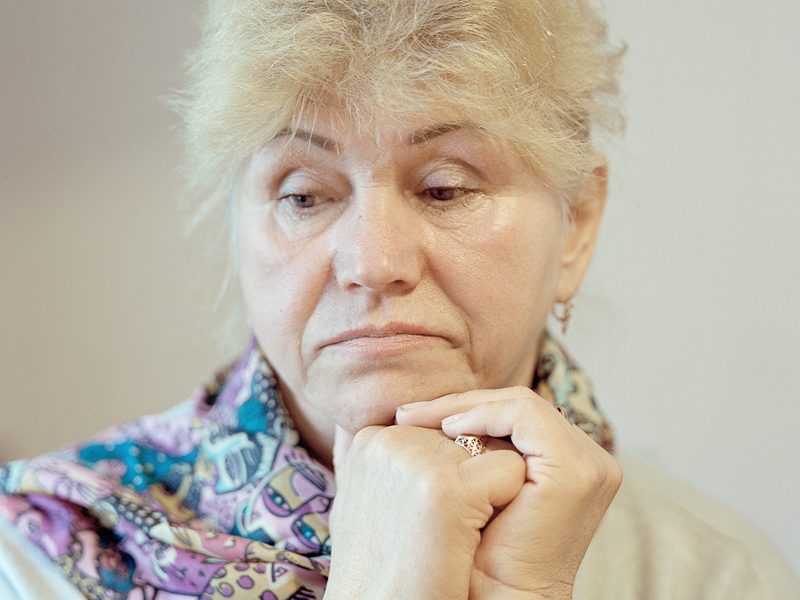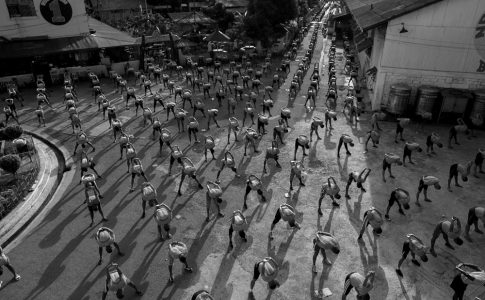Estonia is the northernmost of the three Baltic States. 1.3 million people live in the country and, as a consequence of 50 years of Soviet occupation until the independence achieved through the so-called “Singing Revolution”, a quarter of them are ethnic Russians. Half of them (moreless 130,000 people) is concentrated in one single region, called Ida-Viru. This little area shares its eastern border with Russia. A very peculiar one, since it parts far more than two sovereign States: crossing the border ( granitsa, in Russian language) means to leave behind both European Union and NATO, of which Estonia is among the most loyal and committed members. Estonia’s recent past went through several Russian occupations and a deep process of Sovietisation, started with Stalin in the ’50s and ended just after the country achieved the independence in 1991. This is the reason why in the whole EU there is no higher percentage of ethnic Russians compared with total population than the one of Ida-Viru: 73% (with peaks of 85% in the municipalities of Narva and Sillamäe). Here, in July 1993, a referendum was also held: the inhabitants were asked if they wanted the county to be autonomous from the newly declared Estonian Republic. The “yes” vote prevailed but the State Court ruled that the consultation contravened the Constitution and the movement for autonomy was deflated. Since that moment the Estonian government has not yet been fully able to equalize the living conditions of the vast Russian minority to the country average. Today some of the ethnic Russians have chosen to embrace with hope a common future under the Estonian flag, but on the other side there is still a huge number of them who has either maintained the Russian citizenship or is still living in the Baltic country as “stateless person”.



